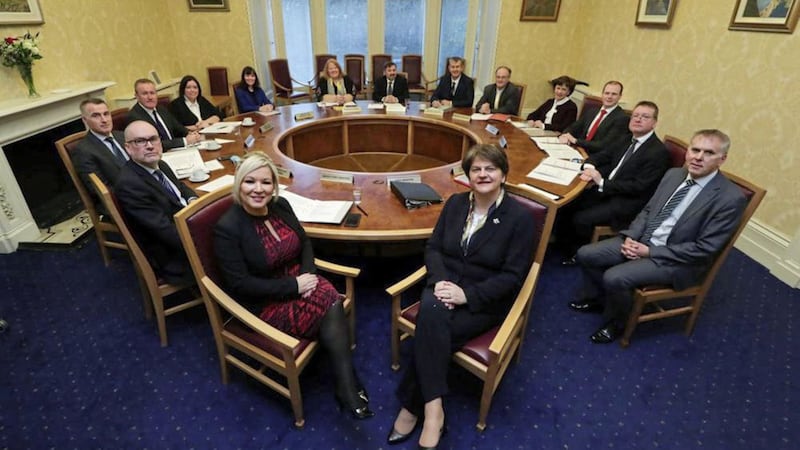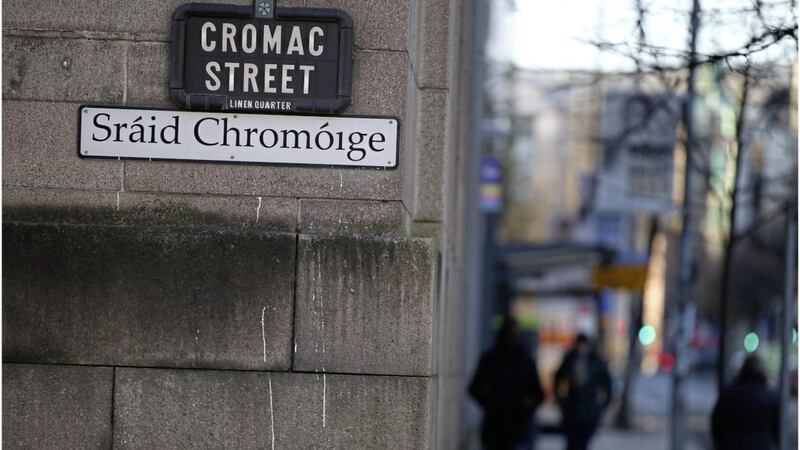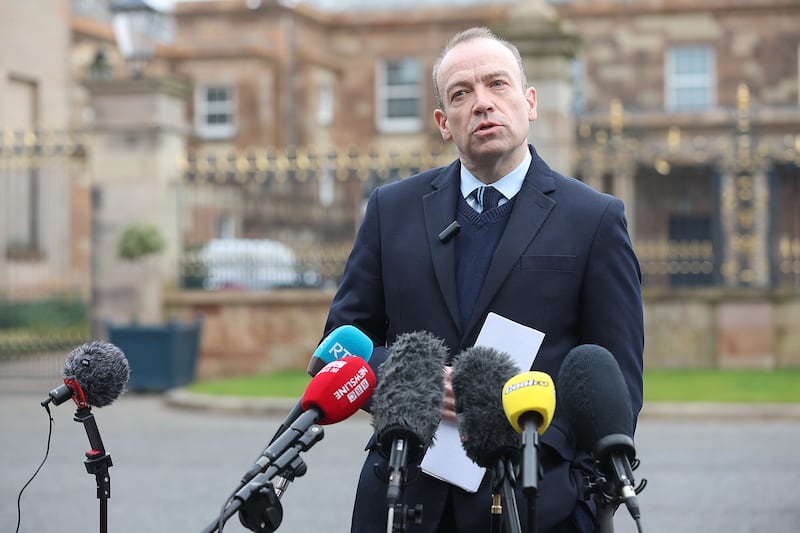IT is understood that Tuesday night was the second time the cross-community vote mechanism has been deployed in the executive since devolution was restored in January following the New Decade New Approach deal.
It saw three of the DUP's four ministers exercise a veto by 'calling-in' the outcome of the vote on Robin Swann's proposals which had been backed by three Sinn Féin ministers and one each from the SDLP, UUP and Alliance.
However, the proposal failed to get the backing of a majority of both unionist and nationalist ministers, meaning it did not gain cross-community support.
While the vote of Alliance's Naomi Long, who is designated 'other', counts in the overall vote, it is discounted when establishing whether there is cross-community support.
Similar but different to the assembly's petition of concern, the cross-community vote can be triggered by three ministers in a quorum of seven or more.
Like the petition of concern, it is meant to prevent majoritarianism, where one party or group asserts its primacy based on numerical advantage.
In June, this year SDLP Infrastructure Minister Nichola Mallon called on executive colleagues to jointly urge the British Government to ask the EU for an extension beyond the end of 2020 but her proposal failed to get cross-community backing.








